We’re at the end of June already – it’s hard to reflect on the last 3 months without thoughts for those who have suffered immeasurable losses and we feel so lucky to be where we are now. In normal times we’d be in the fabulous Welsh countryside, taking in the hedgerows full of flowers, the seashore with its abundant flora, but given the current situation we’re happy in Walsall, walking through our Arboretum, the country park and the canal network. It is really wonderful to see so many different plants and flowers along the way and as there has been so little mowing and strimming this year, there’s so much more to see and the mysticism around some of these ancient plants is fascinating.
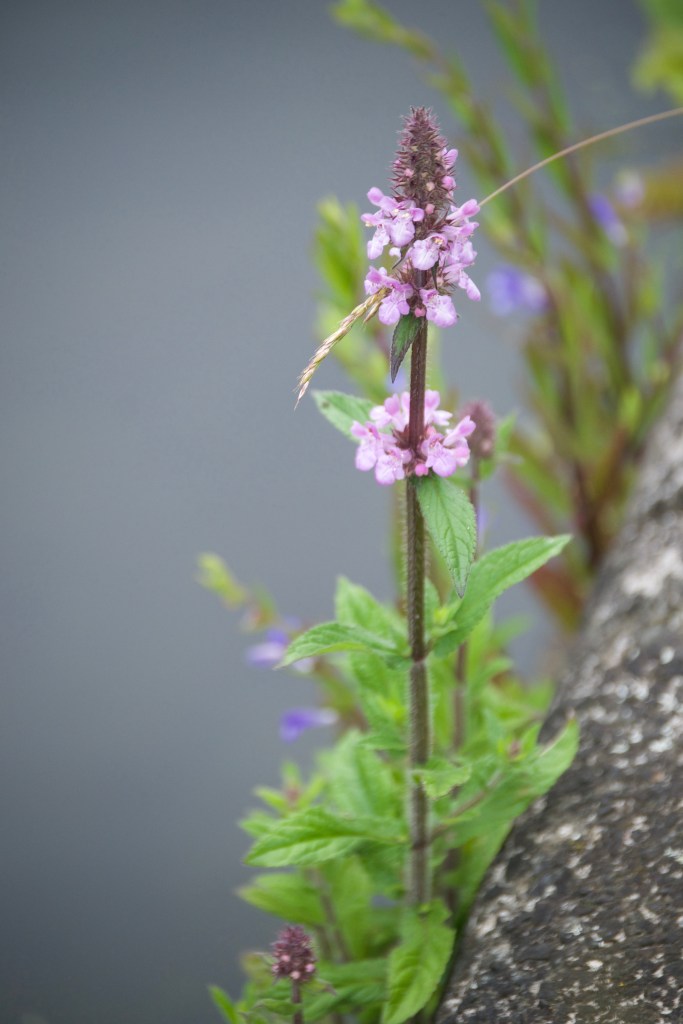
Growing along the canal bank is stachys officianalis, or wood betony. This is such an interesting plant, having been used in the past as a substitute for black tea but with the added advantage of being caffeine free. However, this is the least of its properties as it has in medieval times been used by Pagans as a deterrent for evil spirits, nightmares and interestingly, for despair. It is said that if you add it to midsummer bonfires, it will ward off evil spirits.

Achillea millifolium, known as common yarrow, is a wildflower now cultivated into a whole range of garden plants, Achillea ‘Cloth of Gold’ being the cultivar I am most familiar with. It is said that the leaves can be eaten and although bitter, make a tasty addition to an green salad when young. Chris is quite interested in the fact that the leaves can also be used as a substitute for hop and as a preservative for beer…. However, there is a note of caution – not to be eaten in great quantities! I think we’ll be leaving them in situ!

I rather like this little golden plant, found this month on the canal bank – lotus corniculitus is more commonly known as Bird’s foot Trefoil. According to the Wildlife Trusts, it’s an important food source for the caterpillars of the Common Blue, Silver-studded Blue and Wood White butterflies, the latter two being endangered. Bees also love the flowers as they are nectar rich.
Common hogweed (Heracleum sphondylium), a UK native, is to be found along the canal, in woodland and unkept ground in great numbers just now. It is important to distinguish it from the giant hogweed, which is not native and grows to the dizzy heights of 10-15 feet. The latter when touched is a dangerous skin irritant and can cause extremely harmful burns which endanger life. Our common hogweed is a much smaller plant that is foraged for consuming, but as this should be with caution, I’m certainly not recommending it! (the other problem is that is is quite similar in appearance to hemlock, which is extremely poisonous and must not be eaten!)
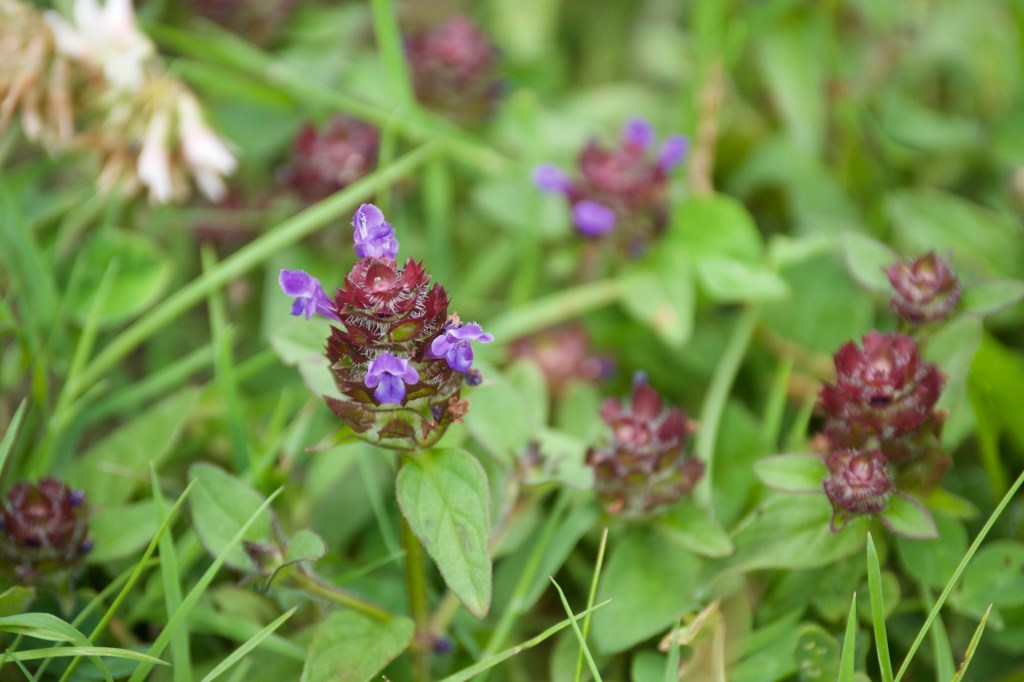
Selfheal, prunella vulgarism, has traditionally been used as a panacea in herbal medicine for all sorts of ill – from treating heart disease to stopping bleeding to healing wounds and sore throats. Amazing properties for such a small plant – please do not eat without taking advice!

The common mallow malva muscat, is a lovely plant. I’ve grown it from seed in my garden and it has thanked me by self seeding sparingly ever since – no problems with invasion, it is a welcome addition. Currently it is growing along the canal and in the park and is great to see in a natural habitat.

Alliaria petiolata, the garlic mustard plant, is growing in shady areas along the canal bank just now. The leaves of this plant can be used in salads or as a flavouring for fish or meat. The plant first appears in September and the leaves can be harvested until it flowers during the following June. Again, great care must be taken with plant identification before even thinking about eating them!

I have never noticed this diminutive plant before deliberately looking for wildflowers – it is so tiny! Lesser stitchwort, stellar graminea, grows abundantly in meadows, woodland and heathland and it spreads to form a carpet of pure white stars amongst the grasses. So pretty!

Centaurea nigra, our common knapweed, is apparently highly invasive in North America – not so here in the UK where it attracts butterflies, including the common blue and meadow brown. This clump was all on its own on the canal bank, looking harmless and very pretty!
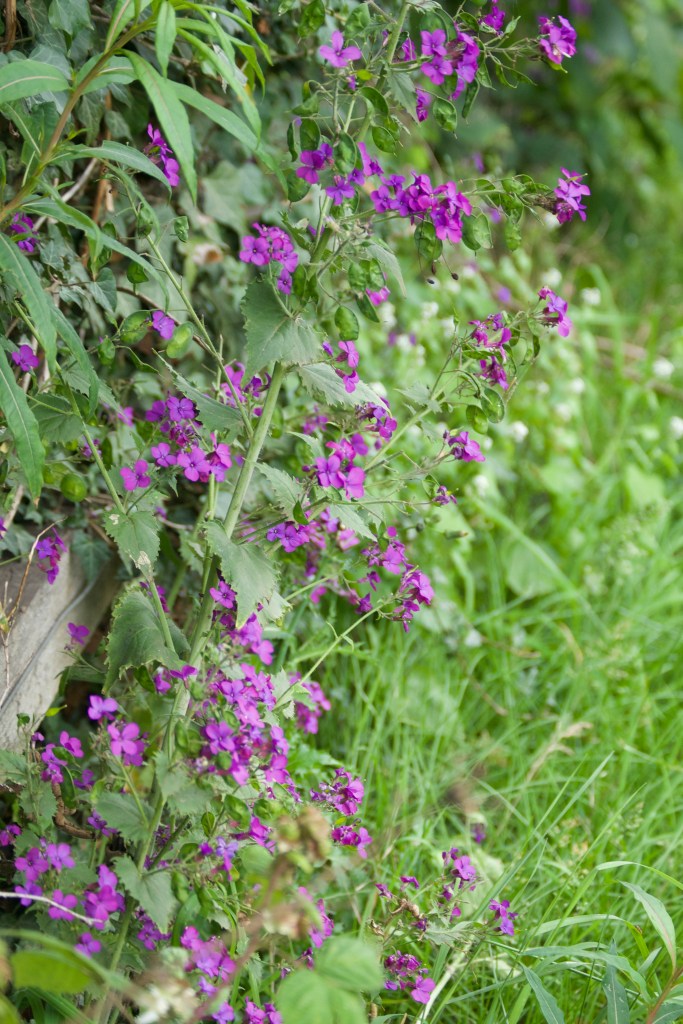
Lastly for June, but will no doubt make an appearance with its wonderful seedpods later in the year is Lunaria annua, commonly known as honesty. I love this plant, the flowers are such a gorgeous colour – I’ve photographed it on the canal path, but there are some in our garden too.
There is so much information available about our wildflowers, however I have found the Wildlife Trusts particularly useful for not only identifying plants, but providing fascinating details about each of them – recommended!

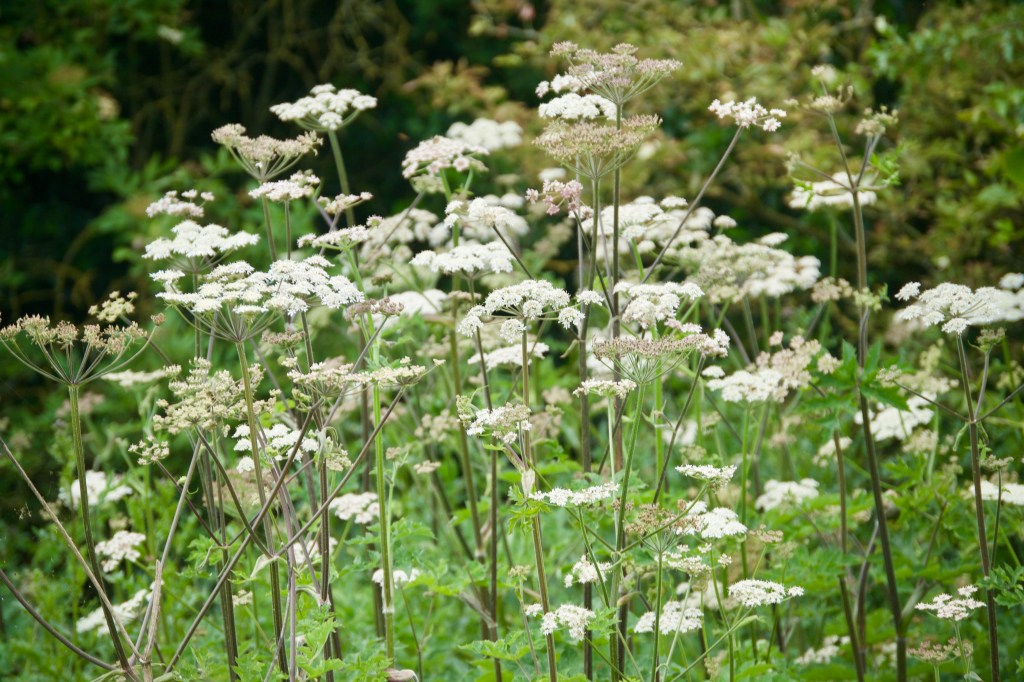
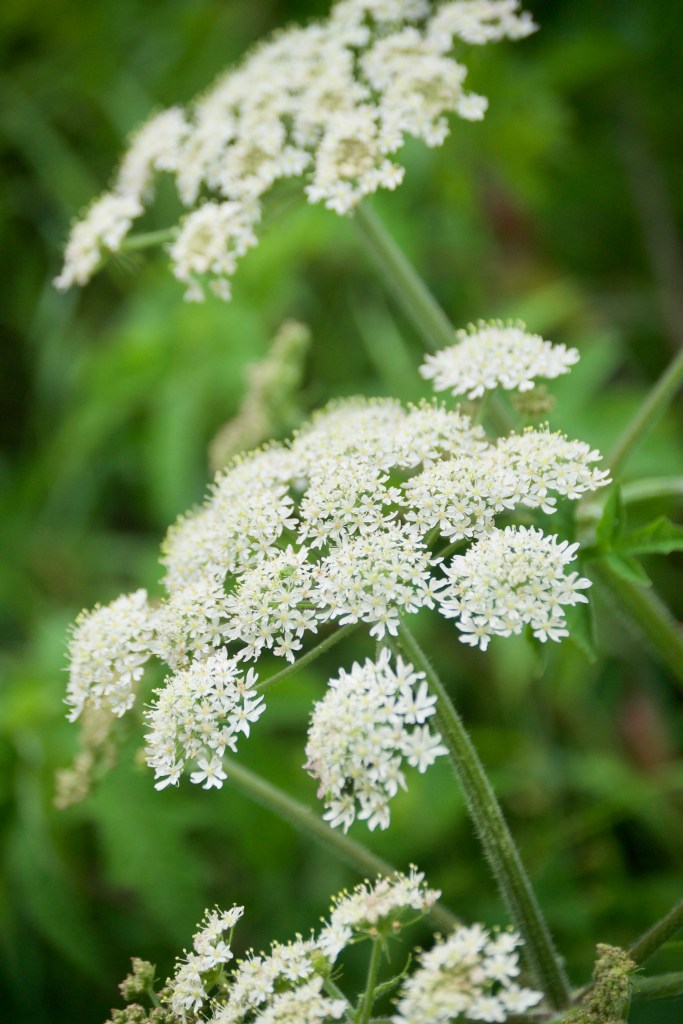
I have always loved wildflowers – my first arrangements as a child! Most of these have naturalised here as well. Garlic mustard is taking over!
LikeLiked by 1 person
I have too, my mom used to take us out walking and pointing out the wildflowers; she studied botany when young and its beauty has stayed with her and been passed on to me. Garlic mustard is fairly restrained here, sounds like that’s a good thing!
LikeLiked by 1 person
Very interesing post – I enjoyed reading about the different wildflowers. I used to see a lot of Bird’s Foot Trefoil around when I lived in Scotland and I’m wondering if it would grow here. It’s such a lovely little plant and I’d love to have it for the bees and butterflies. We do have some of the others – especially yarrow, selfheal and honesty.
LikeLiked by 1 person
Isn’t it fascinating how these simple plants have less or more significance around the country and even the globe!
LikeLiked by 1 person
I think that many of them are gaining significance as more people start planting for bees and other wildlife. 🙂
LikeLiked by 1 person
Can only be good! Along the canal path in ‘normal’ times, a streamer would have dispatched them all – need to be more discerning in future…
LikeLiked by 1 person
Thanks for the common yarrow ID. We’re new to gardening and we have loads of it growing in our wild field.
LikeLiked by 1 person
It is a pretty plant – if we leave our lawn it makes an appearance in the garden too
LikeLiked by 1 person